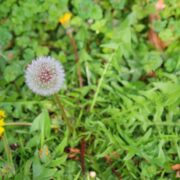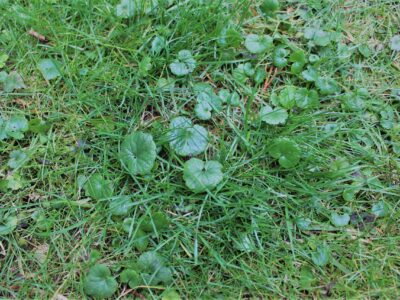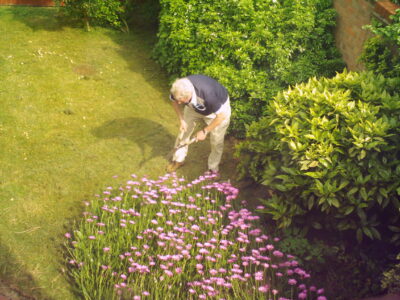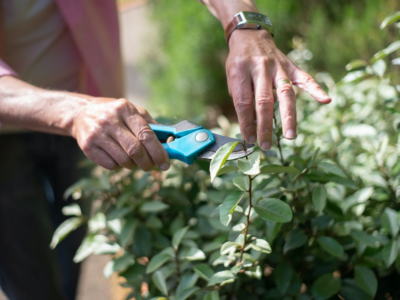Clay soil is among the most difficult soil types a gardener may encounter. It is moist and thick and may become as solid as a brick in the sun. This sort of soil restricts air and water mobility for plants.
Selecting plants for clay soil requires some caution. Certain plants are tolerant to clay soil and assist in enhancing its texture and drainage. In addition, heavy clay is conducive to flower growth.
How to Improve Clay Soil
There is a key method that answers the how to improve clay soil question. It is possible to improve almost all clay soils gradually. However, the most crucial issue to address is poor drainage, particularly when it results in stagnant water. The following recommendations will assist you in enhancing your clay soil.
Sculpt the Land
Add proportions to your garden’s topography by alternating peaks and low valleys to create a gradual undulation. When it comes to water management, raised vegetation berms, terraces, elevated beds, and even permaculture swales aid in slowing and managing water.
As water flows through undulating terrain and slowly passes through high and low spots, it gets oxygenated, reducing waterlogging. In low regions where water gathers, organic matter accumulates naturally, while high marks offer planting grounds that dry up more quickly.
Are elevated beds suitable for you? Before taking any additional measures, the terrain must be contoured. The optimal time to construct contours is when the earth is damp but not saturated. Working wet clay soil might exacerbate the problem.
Stir up Clay Soil
Clay soil needs air pockets to increase drainage, reduce compaction, and attract soil microbes. A solid film of clay might be discovered behind a layer of loosening/amending soil when clay soil is improperly prepared.
You may utilize the following three resources for this task:
- Digging fork
- Plug coring aerator
- Broadfork
Aerate the soil in your garden twice a year, once in the autumn as the growing season comes to a close and once in the spring before planting. Aeration in the fall is particularly crucial since it balances out any actions of compaction that happened over the season.
How to Amend Clay Soil Using Soil Amendments
After aeration, add soil amendments immediately so rain may drive them into the openings and soften the clay. For a while, you’ll need a lot of organic matter if you want to alter the soil’s structure. For clay soil, a few additives to take into account are:
- Worm Castings
- Green Manure
- Leaf Mold
- Livestock Manures
Establish a Cover Crop
Incorporating fertilizers deeper into clay soil is facilitated by cover crops’ dense, downward roots. As a result, they minimize soil erosion and improve soil quality. You may sow cover crops in either autumn or summer.
Various cover crops are available, and your environment will determine which is best. For example, cold temperatures destroy certain cover crops during the winter, allowing you to sow in the spring without any preparation. Other cover crops need tilling or harvesting before crop planting.
Mulch Properly
If you aren’t planting a cover crop, spread mulch after aerating and amending the soil. Compaction is an inevitable result of bare ground. Lightly cover the earth during wet spells to allow it to breathe and prevent the growth of fungi. In dry and hot weather, mulch extensively to preserve the soil.
Don’t Walk on the Beds
When considering the time and money spent on soil amendments, organic material collection, and soil improvement, garden soil is highly costly. No matter what size bed you choose, make sure you don’t have to tread on your fertile, well-cared-for soil. Even though gardening in thick clay soil might be difficult, there are many techniques to make it better to grow healthy vegetables successfully.
Conclusion
The unique quality of clay-rich soil is that its “weakness” also doubles its strength. Due to its bulk, soil clay is superior to other soil types in retaining nutrients and moisture. You’ll need to add certain additives to clay soil to change its composition and convert it into garden soil that can sustain plants year-round.














Comments